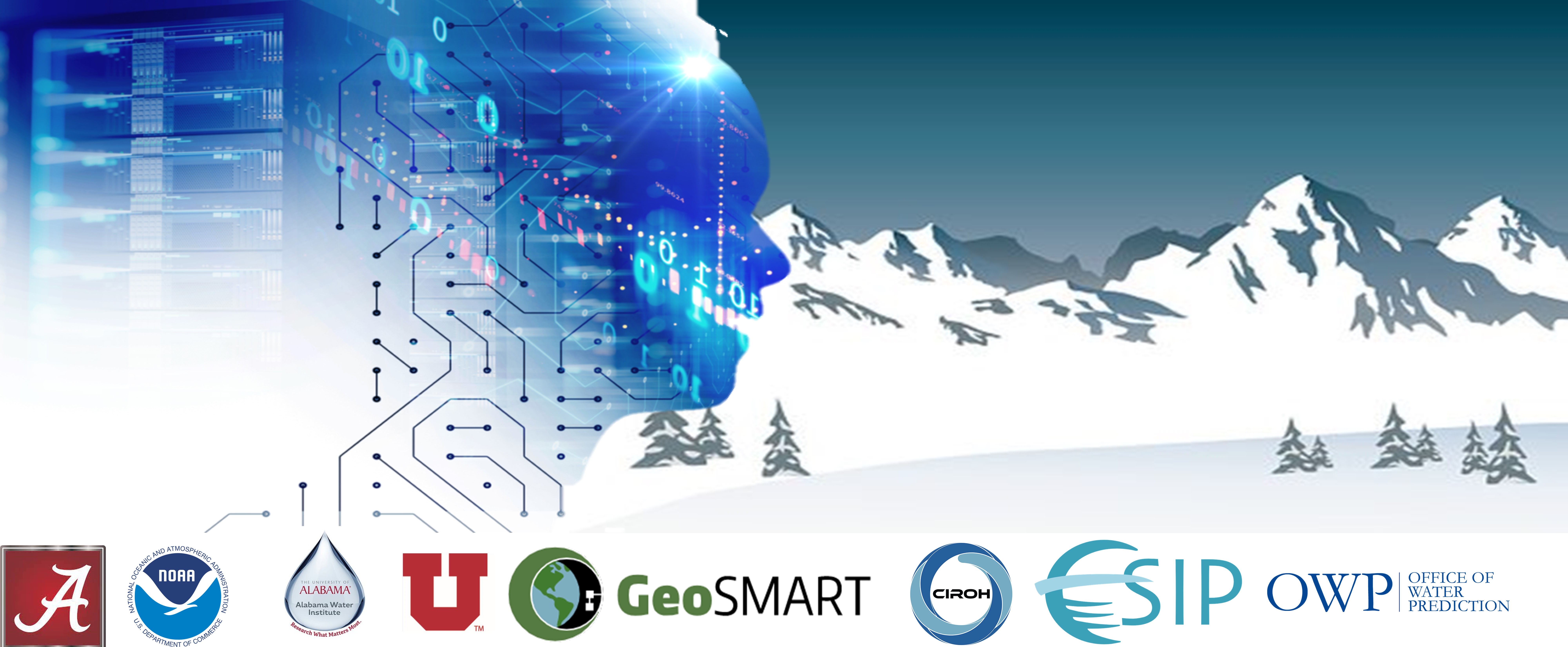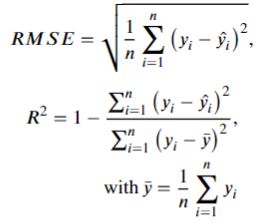Model execution produces a 1-km grid SWE estimates across the Sierra Nevada Mountains and we can use the Standardized Snow Water Equivalent Evaluation tool (SSWEET) to perform a comphrehensive model evaluation against NASA ASO and snow course surveys.
SSWEET uses standard model evaluation metrics to guage model performance (i.e., Percent Bias (PBias, Coefficient of Determination (R2), Kling-Gupta Efficiency (KGE), and root mean squared error (RMSE)) and includes several methods to investitage the impacts of temporal-spatial characteristics influence model skill, ultimately to help refine model skill. A deep read through The Abuse of Popular Performance Metrics in Hydrological Modeling will provide more insight into model evaluation metrics and how to interpret their results related to model performance.
PBias is a metric communicating the average tendency of the simulated values to be larger or smaller than their observed ones. The optimal value of PBias is 0.0, with low-magnitude values indicating accurate model simulation.
The coefficient of determination (R2) is a unitless measurement of the proportion of explained variance of the target variable by the model. A maximum R2 score of 1.0 indicates the predictor variables explain 100 percent of the variation in the target. A greater R2 and lower RMSE represent better model predictive performance.
KGE is simply the Euclidean distance computed using the coordinates of bias, standard deviation, and correlation. Similar to the coefficient of determination, values closer to 1 indicate greater model skill and due to the calculation of KGE, it will be lower than the bias, standard deviation, and correlation.
RMSE is the quadratic mean of the differences between the observation and predictions, or residuals. RMSE aggregate the magnitudes of the residuals for all data points into a single measure of average model predictive power, with RMSE communicating the accuracy of the model. Note, RMSE is scale dependent.

